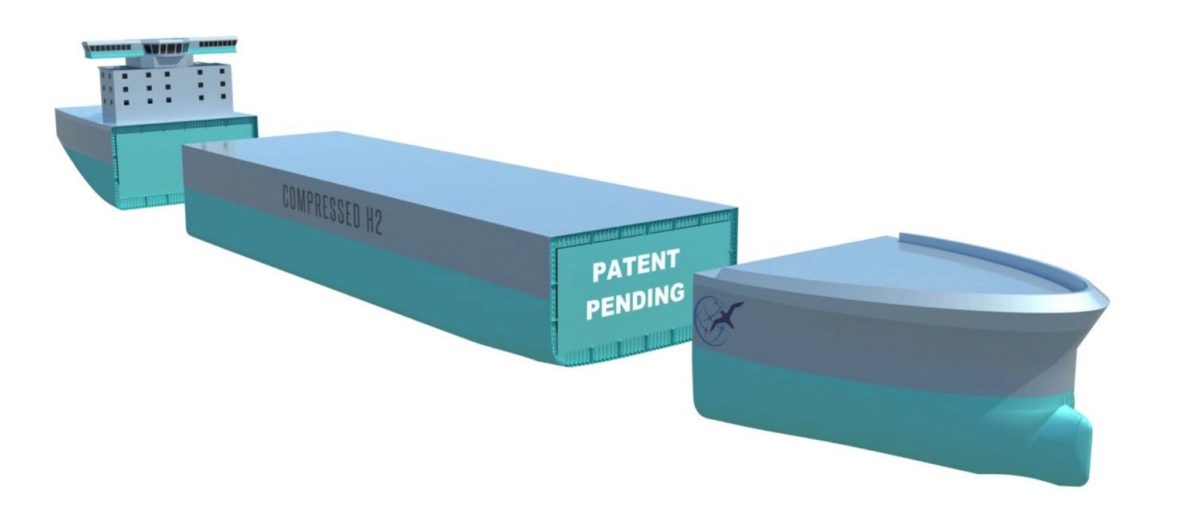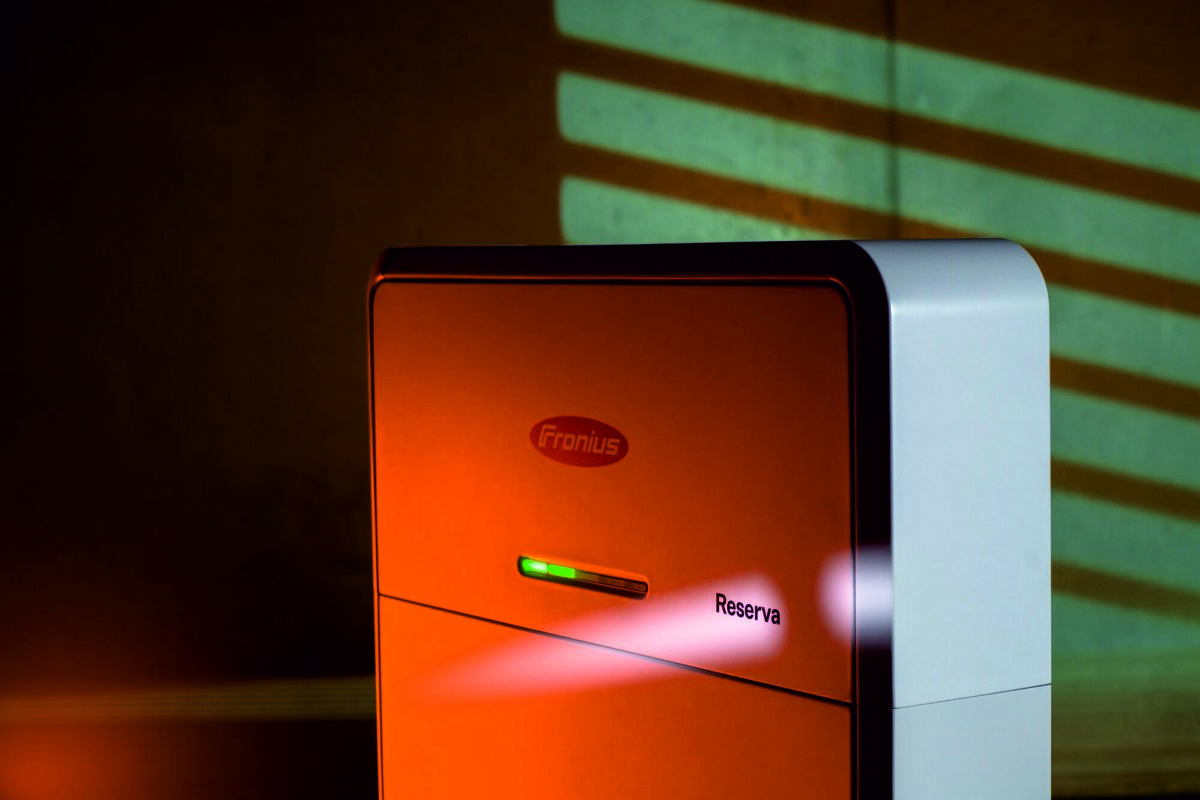Global Energy Ventures (GEV) released details this week of its plans to develop a new compressed hydrogen ship (H2 Ship).
H2 Ship design has a storage capacity of up to 2,000 tons of compressed hydrogen, and the company seems to be focusing on green hydrogen produced by renewable energy sources such as solar.
“GEV sees Australia as the global leader for establishing a national hydrogen strategy and industry with major funding programs in place,” said GEV CEO Maurice Brand. “Australia has also established future hydrogen export agreements with regional customers in Japan, Korea, Singapore, and most recently Germany.”
A 2018 report prepared for the Australian Renewable Energy Agency (ARENA) estimated that Australia could earn up to A$1.59 billion (US$1.1 billion) from the export of up to 344,800 tons of hydrogen in 2025, rising to 3.18 million tons by 2040. And, the National Hydrogen Strategy itself estimates an industry worth about A$11 billion in gross domestic product by 2050.
Whether Australia’s hydrogen industry has export potential is another story. The Australia Institute (TAI) and consulting firm ACIL Allen have both questioned the government’s figures, and have questioned just how much of an export market there is for Australian hydrogen. Some have even suggested inflated figures are being used to rush a hydrogen market that could be built gradually using entirely renewable energy sources.
“Prematurely establishing a hydrogen export industry based on highly inflated demand figures may lock out the cleanest form of hydrogen, using renewable energy and electrolysis, because the technology isn’t cost competitive at this stage,” said Richie Merzian, Climate and Energy Program Director at TAI.“If hydrogen development is rushed in Australia it could see fossil fuels locked in as a global energy source for decades to come. The emissions will make it impossible to comply with Australia’s obligations under the Paris Agreement.”
Many, including Australian Chief Scientist Alan Finkel and ARENA, believe hydrogen’s export potential is significant. “Australia has a golden opportunity to become a major exporter of hydrogen, as other countries look to transition to low carbon energy sources,” said former ARENA CEO Ivor Frischknecht.
However, Australian National University Professor Andrew Blakers disagrees. While hydrogen may furnish domestic energy supplies, and potentially power the shipping of the nation’s exports, as an export in itself, Blakers argues that hydrogen’s “woeful round-trip efficiency” renders it unviable. Of course, HVDC cable transmission of energy does not suffer the same loss, but the distances between Australia and potential buyers, such as Japan and South Korea, are simply unfeasible, especially with China better positioned.
On the other hand, Australian Hydrogen Council CEO Fiona Simon says that our global trading partners are already “hungry for clean hydrogen and are currently shopping around for reliable, high-volume suppliers.”
This content is protected by copyright and may not be reused. If you want to cooperate with us and would like to reuse some of our content, please contact: editors@pv-magazine.com.




This is exciting, living in The UK however I worry that once again we’re going to be left behind. H2 information in the country is increasing but our politicians are dragging their feet